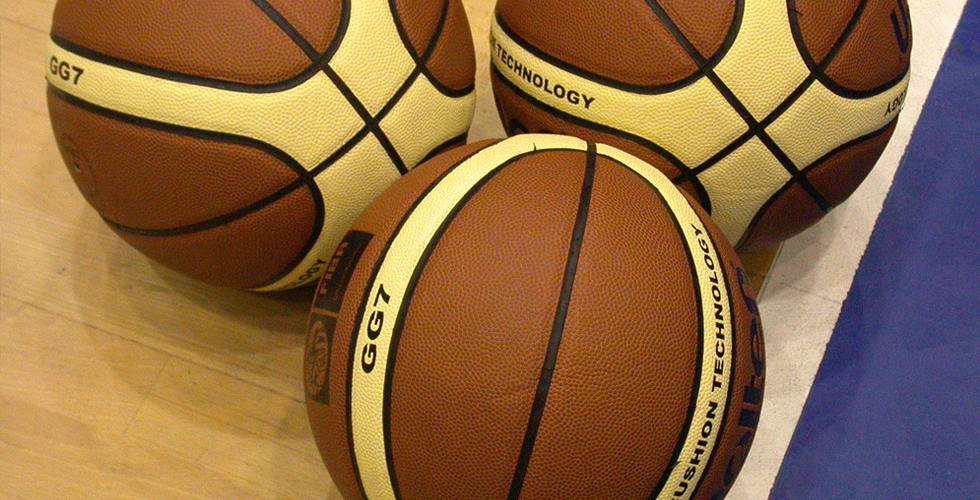News Currents for January 27: Theoretical Basketball

(Inside Science) -- This week, the journal PLoS One published a paper by a University of Minnesota physicist, Brian Skinner. His paper didn't describe a new particle or phenomenon, but it did reveal something basketball coaches might want to consider: their teams might be costing themselves wins by passing up good shots early in an offensive possession.
The story has been covered by multiple outlets, including the Toronto Star and Yahoo! Sports [Editor's Note: Link is no longer active].
The study suggested that shooting earlier in a possession resulted in more points per shot. Waiting until the shot clock is about to expire might force the team to take a lower percentage shot and reduce, by a fraction of a point each time down the court, the number of points scored.
Coaches are fond of saying "always make the extra pass." In the movie "Hoosiers," the coach tells his team not to shoot until they have passed the ball four times. When a player refuses to follow that rule, he's benched, despite scoring a bunch of points.
This leads me to mention the Toronto Star story's interesting quote from a college basketball coach, Tom Oliveri from York University:
“I think it’s ridiculous,” Oliveri says with a laugh. “The bottom line is basketball by the essence of its nature is a team sport.”
In the story, Oliveri continues by pointing out good NBA teams that thrived on solid team play and passing.
Basketball may be a team sport, but the coach's statements don't necessarily disprove the research or demonstrate that it has nothing to contribute to basketball strategy. There are undoubtedly times that teams pass up shots that were more likely to be successful than the shot that the team actually takes later in the possession. Skinner suggests that over the course of a game or season this strategic decision could add up to enough points to make a difference in a team's record.
Last spring I had the chance to talk to Skinner about a different basketball research project that he presented at a sports analysis conference, also looking at strategic decisions that coaches and teams make. Then, as with the current research, he was making idealized models of basketball games. An idealized model's backbone, its built-in assumptions, may not perfectly reflect a real basketball game, so his models probably do have weaknesses.
Following the new model might result in more points for a team that would follow it, and even more points per possession. But it would also give the opposing team more possessions. Fatigue or other factors could override any beneficial effects of the strategy.
Models and other analysis, which Skinner called "theoretical basketball," can encourage coaches to re-examine the established wisdom of the game, and think about whether they might take it too far.
As Skinner put it in an interview with me, "There's value in teaching people about probability distributions in different situations."
Here are a few stories about basketball from the archive of Inside Science New Service:
Effects of the Hoops Ball Hog (also from Skinner)
The Science of Streaky Shooting
P.S. Watch Insidescience.org for more sports content in upcoming weeks. I'm scheduled to attend the March MIT Sloan Sports Analytics conference.

